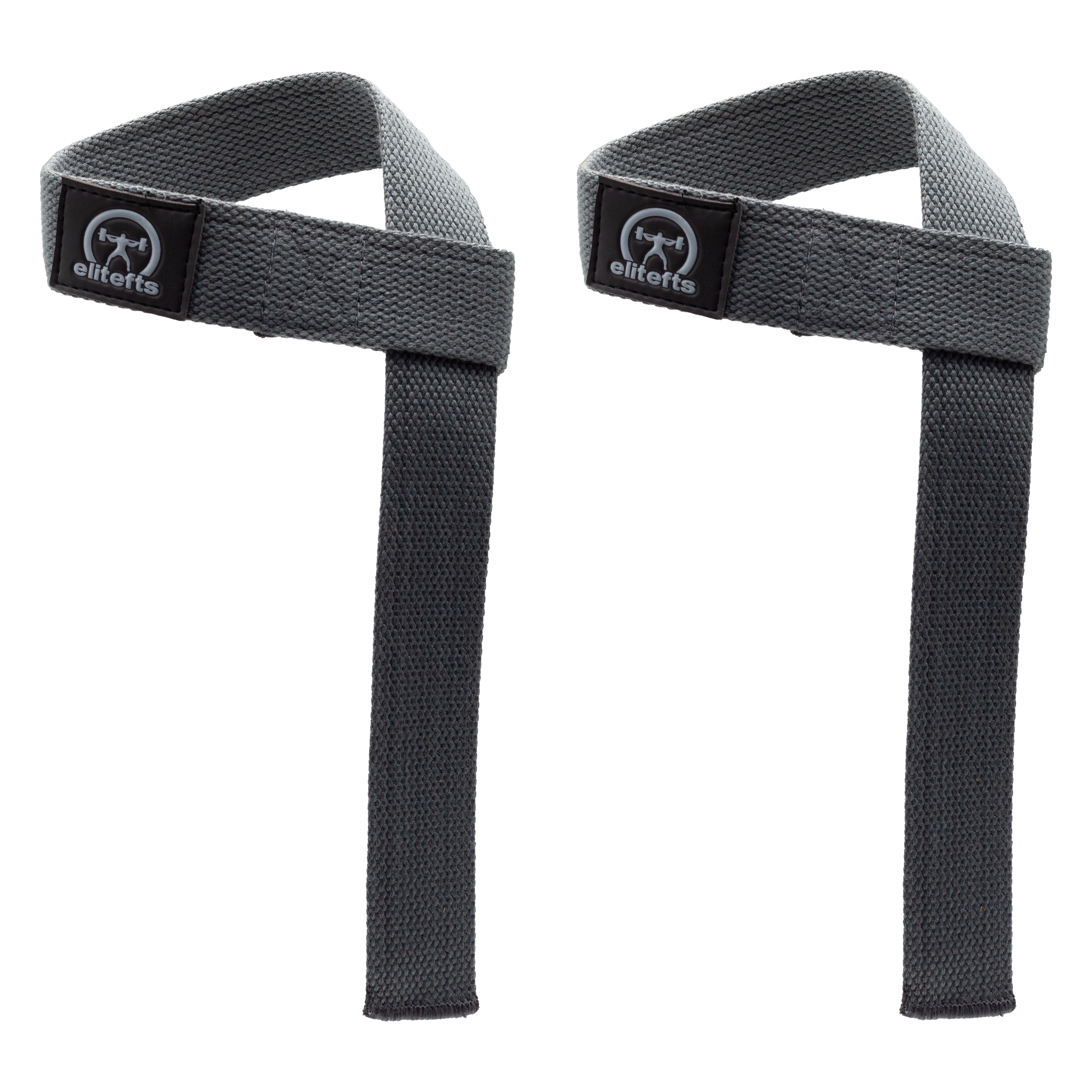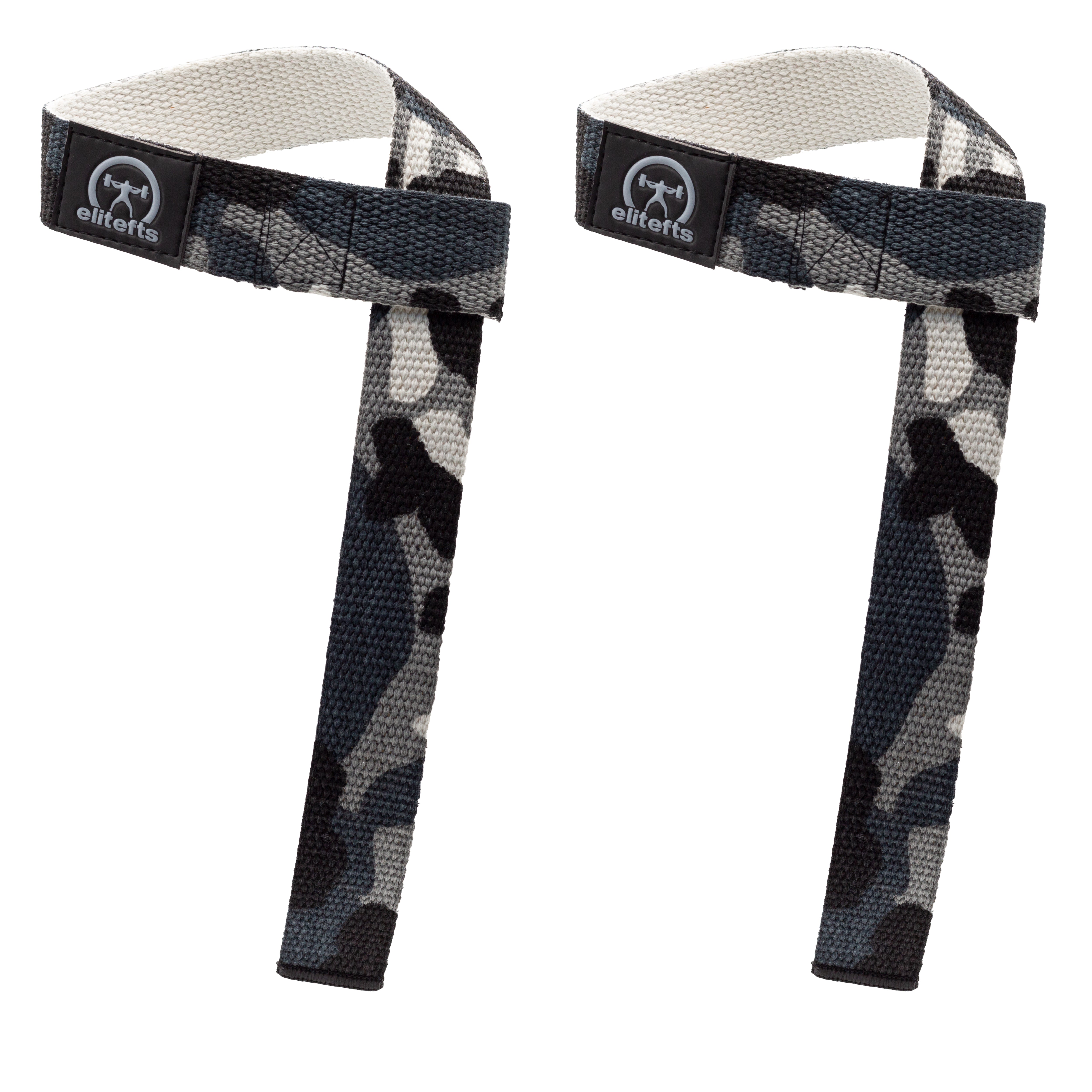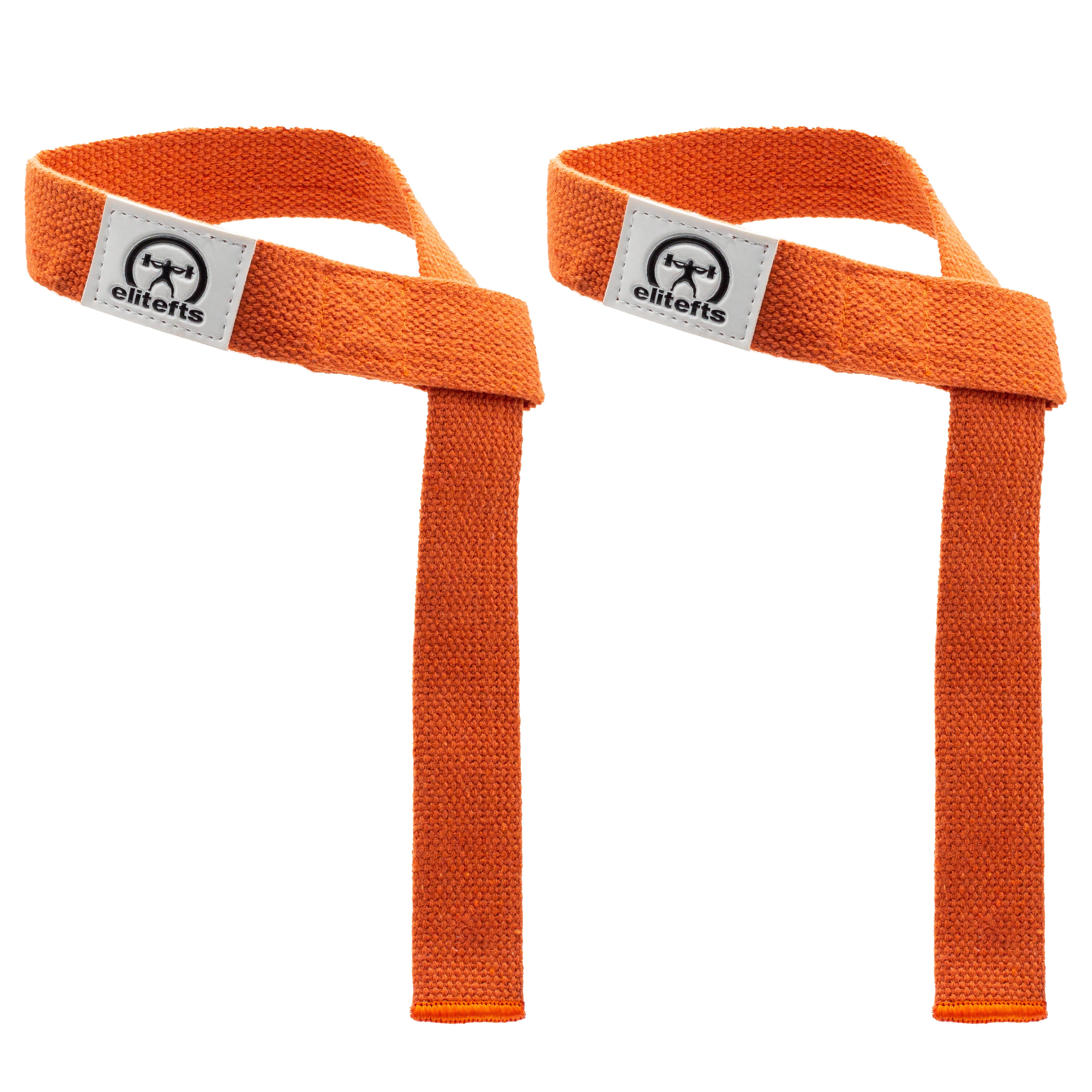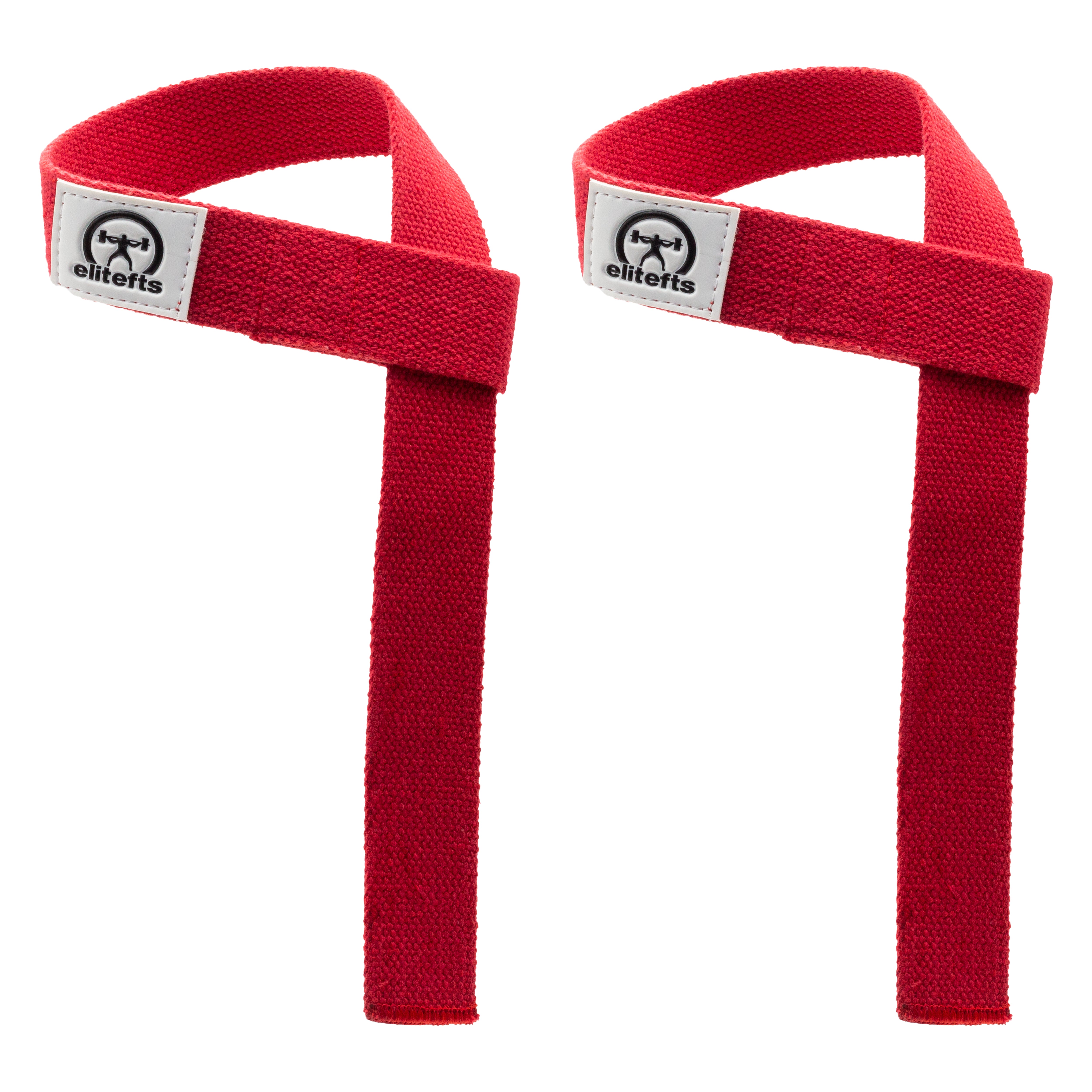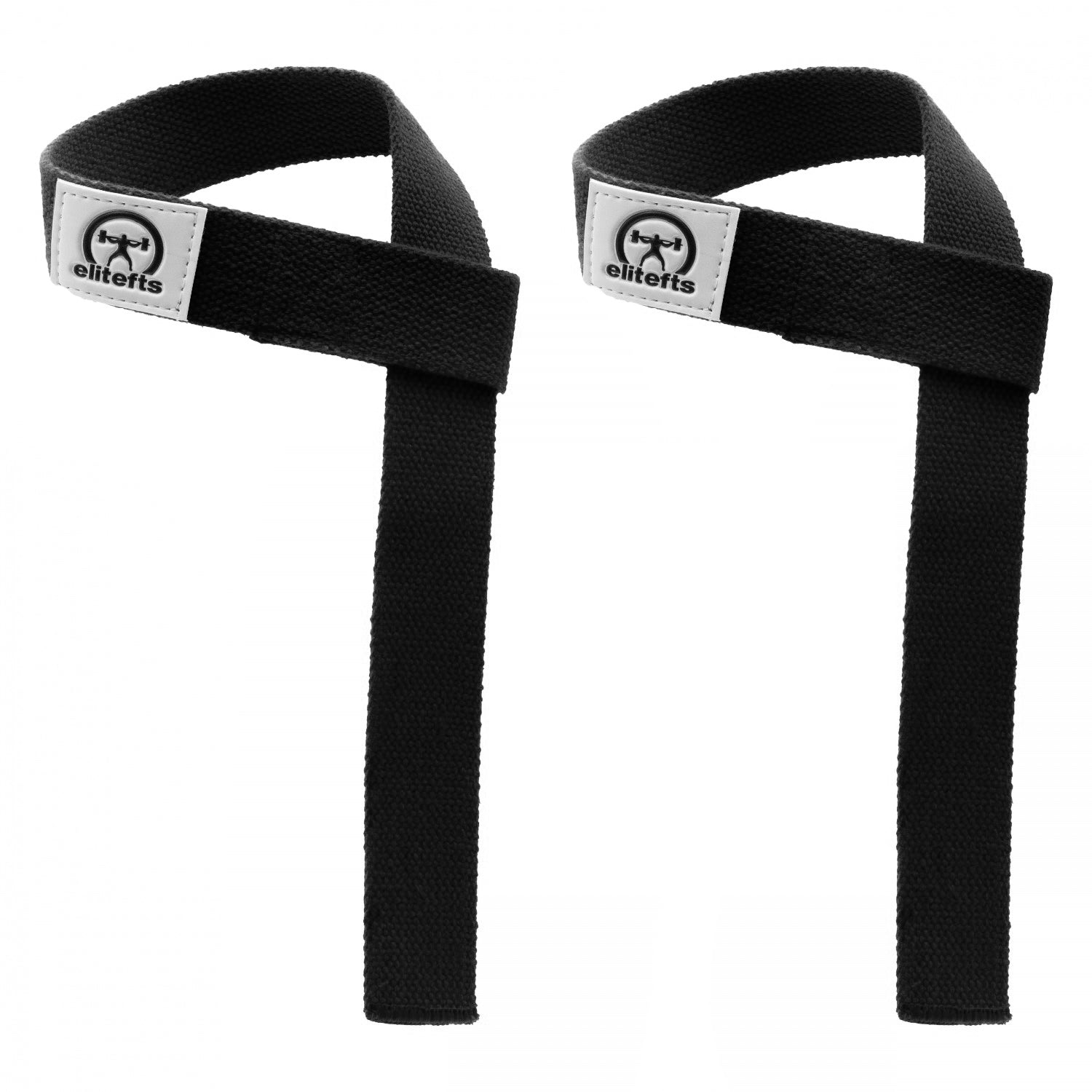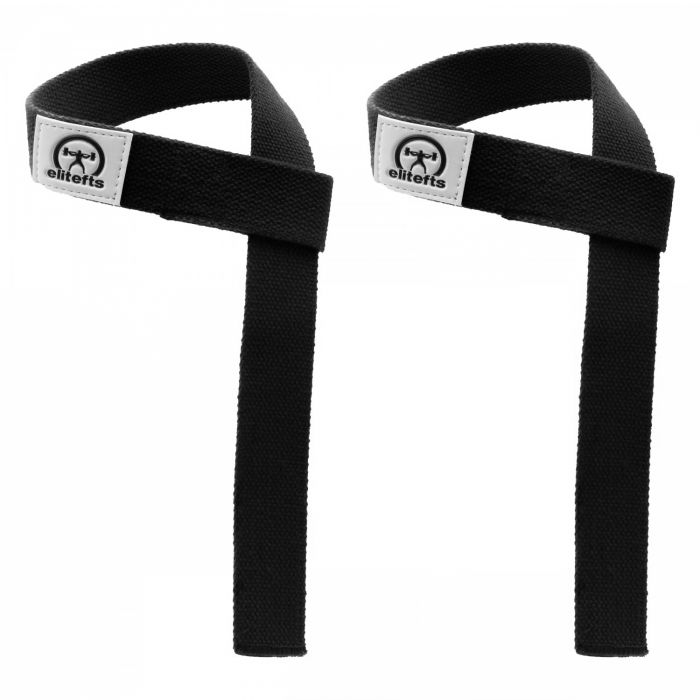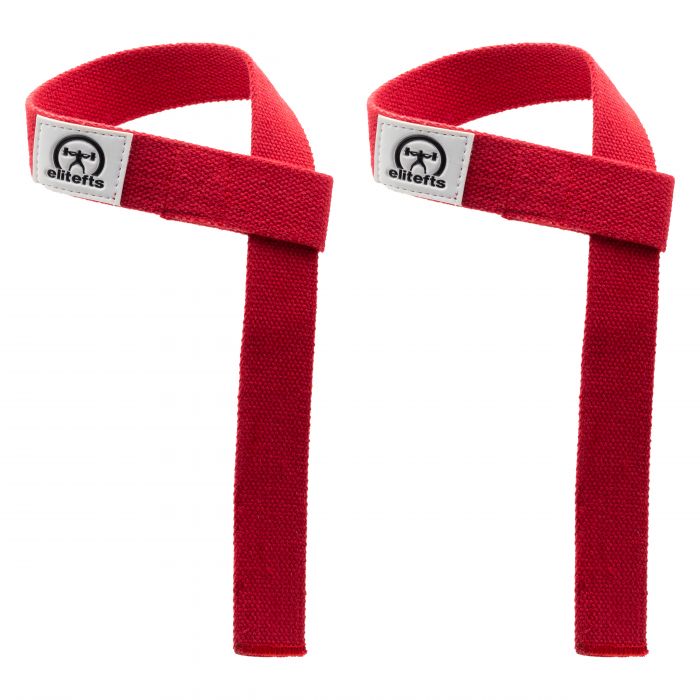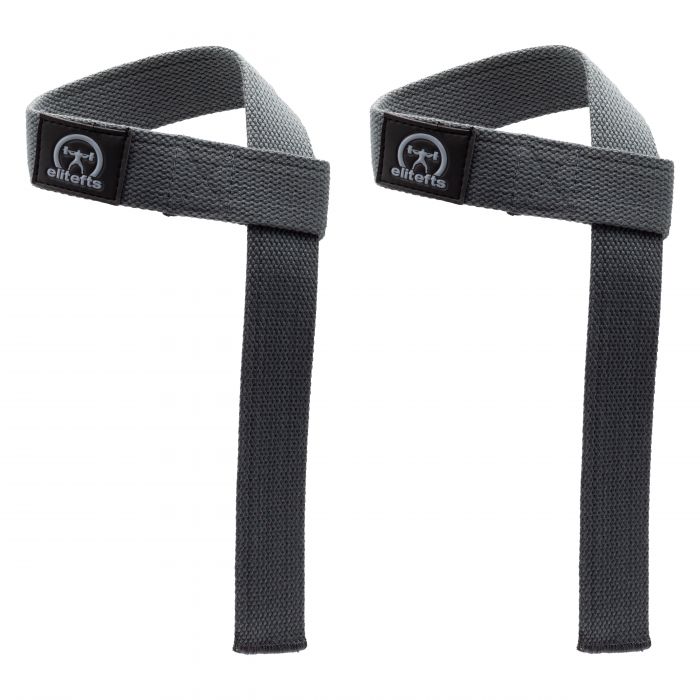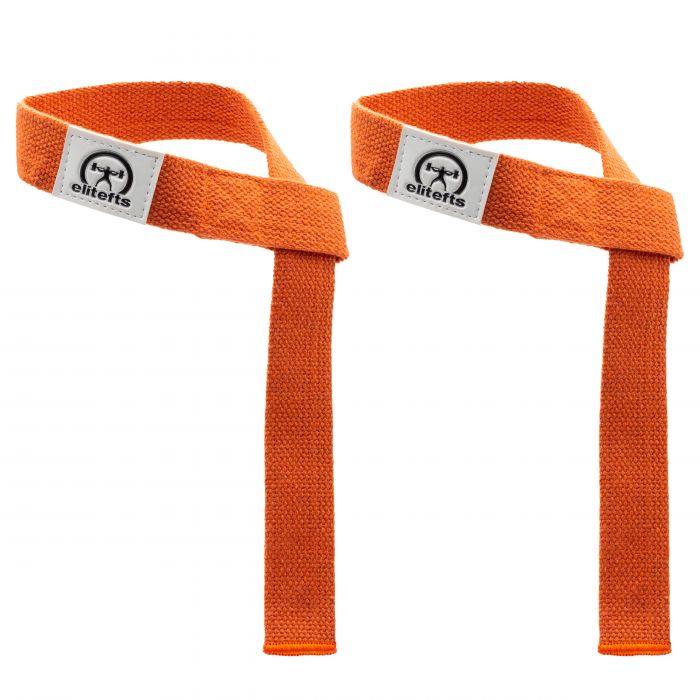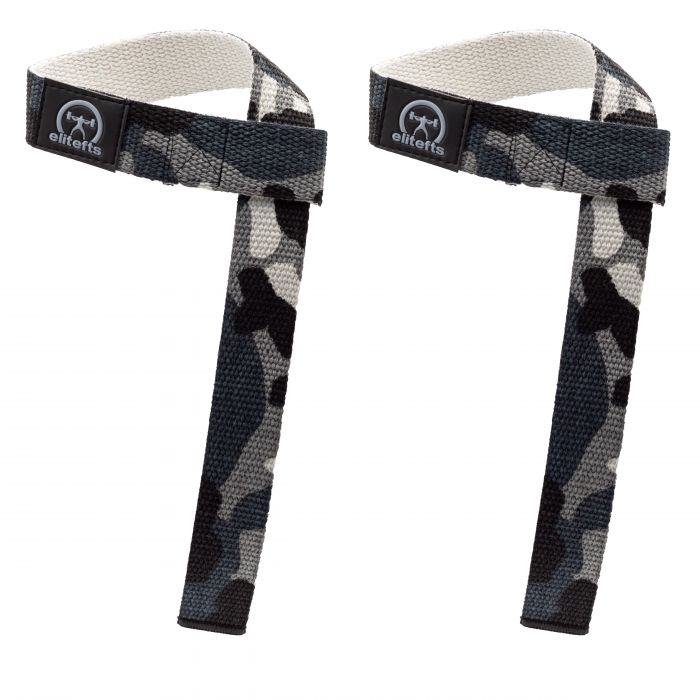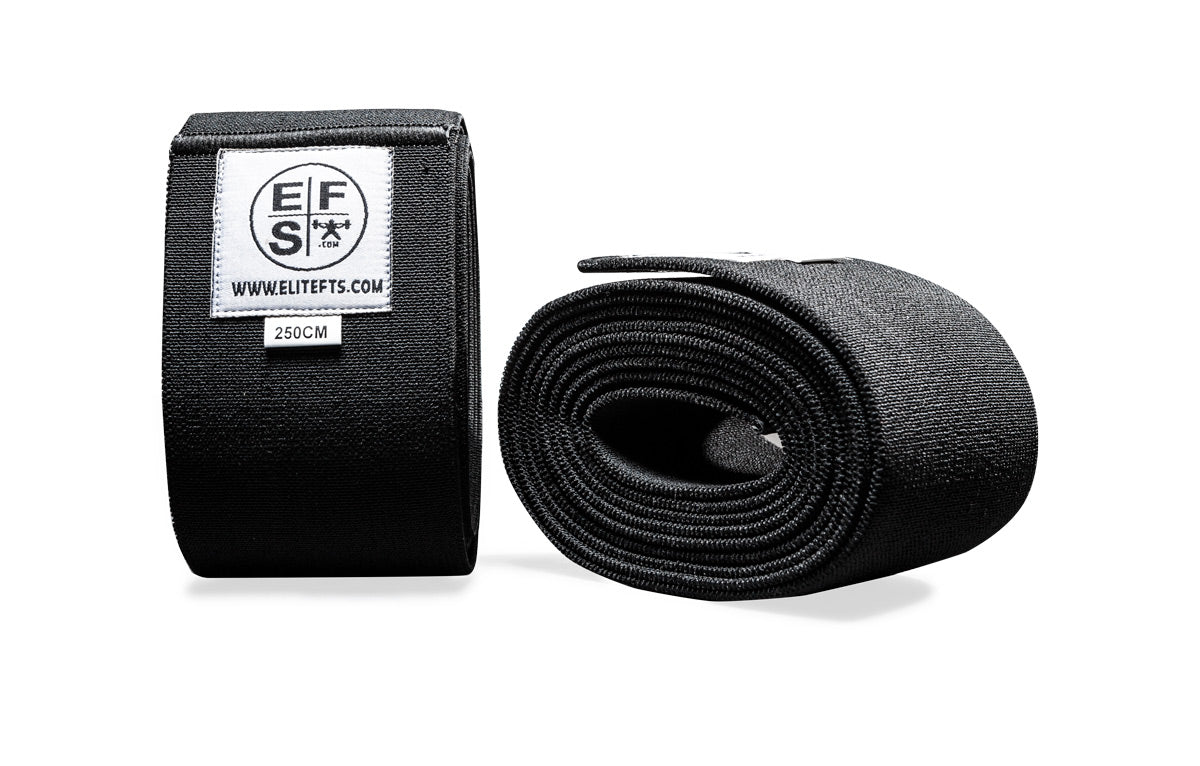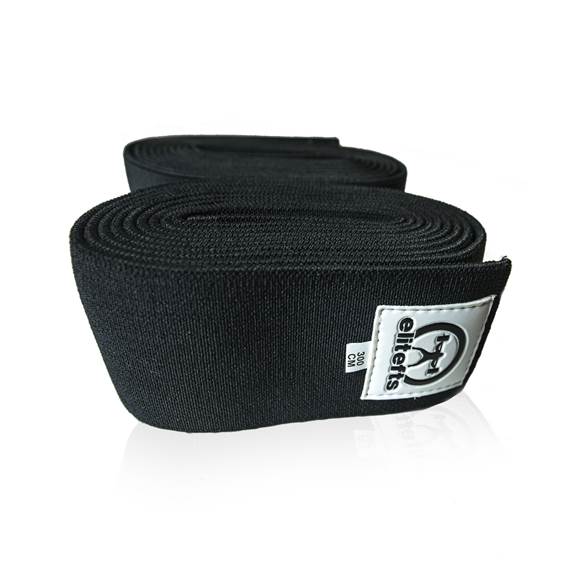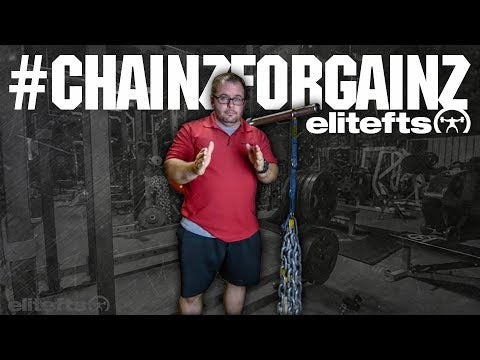My first meet was almost 10 years ago now. I can’t begin to say how much competing has helped me learn and grow, not only as a competitor but also as a coach. I was immediately hooked on competing and constantly wanted to improve. I had competed in powerlifting for about two years before I decided to give strongman a try. I loved the sport of powerlifting, but I always like being athletic or just being able to move more.
After my first strongman competition, I was very humbled and found out I was pretty out of shape as far as conditioning went. I was statically strong, as my pressing and deadlifting were towards the top of the competition, but I lost points on the moving events. Like anything in training, you need to focus on what you suck at. In powerlifting, most of us have that one stubborn lift that doesn’t increase as much as the others. A smart trainee would take a step back and focus on the lift they need to improve. Improving your conditioning is no different, and I’m willing to bet it’s something most of you like to put on the back burner.
RECENT: Overhead Pressing for a Bigger and Safer Bench Press
When I initially trained for powerlifting I only lifted weights. Sure, I did high rep sets, supersets, and giant sets, but we all know we can’t call that conditioning. I was definitely getting stronger and had put some good size on after a few years competing. However, I really didn’t like walking up a flight of stairs and getting a little out of breath — or when you know you are really
gettin’ hooge, is when you bend over to tie your shoes and get winded. Back to strongman training, I really needed to focus on the moving events: farmer's walks, yoke, sandbag/keg carries, and, while not a moving event, atlas stones for reps is brutal conditioning. For those of you that compete in strongman, you already should be prioritizing these events. For the powerlifter, however, you need not to prioritize them but can use them to get bigger, stronger, leaner, and better conditioned.
Steady state cardio can be extremely boring. Strongman conditioning might be brutal but it will definitely keep your attention. While your squat, bench, and deadlift will remain your priorities, I will outline how to incorporate strongman movements to benefit each of these lifts. For those of you who are experienced competitors, you know meet day can be very long and draining. Those who are best conditioned will still be able to keep their strength up while they are deadlifting at 10 PM (sometimes even later). Also, a huge part of being in better shape is being able to recover more quickly between sets. This will allow you to do more work in less time, enabling you to add more volume to your workouts and not be there for hours.
Now let’s get into what strongman events will help improve the big three, as well as examples on how to program them. Now like I said, powerlifting is your priority and strongman events can you beat you up pretty good. We don’t want to sacrifice your recovery, so you cannot train these events as heavy as the big three. Again, we are using these as accessory work and conditioning at the end of a session.
For squatting I feel that
the yoke will be best for improving your squat. As many of you know, walking out or standing up with a heavy bar on your back can be intimidating. If you mentally defeat yourself just by unracking a bar you will have no chance of succeeding. A common exercise for getting comfortable with weight on your back is just unracking a heavy bar and standing with it. I find that pretty boring, and I have yet to see anyone make progress doing so. Let’s change that to
the yoke. Pick up a heavy weight and now you have to walk with it. That’s a completely different animal and one that will greatly build your confidence. I’ve walked with over 1,000 pounds on my back, which is both fun and literally bone crushing at the same time. Because of this, unracking over 600 pounds for a squat doesn’t faze me one bit. Aside from building confidence under the bar, the yoke is a full body lift much like the squat when done correctly. You must remain tight throughout your entire back, and brace just as you would a squat.
For using the yoke as a conditioning tool, it is best to keep it at the end of a training session. An example could look like this:
- Squats — 1 x 3
- Pause SS Yoke Bar Squats — 3 x 5
- Leg Press — 3 x 20
- Reverse Lunges — 3 x 10 each
- Yoke Walk — 5 x 50 feet, one minute rest
Farmer's walks I feel should be a necessity in any kind of training. Whether your goal is fat loss, muscle gain, or as an athlete, just wanting to run through people, look no further than the
farmer's walk. I generally like to have the farmer's walk at the end of a deadlift session, as the initial pick is a similar movement. Also one of the biggest benefits from farmer's is grip strength. I don’t know how many of you have experienced the loss of a deadlift due to grip, but I assure you it is frustrating. There’s a lot of ways you can work with farmer's to improve your grip and your abs.
First would be your standard farmer's walk that can be used the same way as in the example of the yoke. Five sets at RPE 5-6 with a one-minute rest, and if you want to focus on grip you can add in a hold at the end for max time. If grip is really what you want to focus on, grab a pair
Fat Gripz and add them to your farmer's. You will have to drop the weight significantly, but I guarantee you won’t miss a deadlift due to grip again.
Finally, try suitcase farmer's walks. This is where you use them one at a time. You will have to lessen the weight again, but if you want to be able to brace for a big deadlift these will help. Choose a weight that you can walk with while using perfect posture, so no slouching to the side of the weight you are holding. Going too heavy on these defeats the purpose, as you are reinforcing bad form and not working your obliques.
Sandbag and keg carries are great for finishing a lower body session. You can set up two to four implements depending on what you have access to. I would recommend sprinting back to each one just to get some extra work in. The great thing about these carries is that they are not all that taxing like the yoke or the farmer's are. If you are really feeling beat up and still want to get some strongman training in, these are your best option. Another nice thing is that sandbags are fairly cheap to come by, and most kegs you can get for free from distributors. When you are new to these carries just start with two implements and three sets. This is all you will need. As you get more advanced you can add in more kegs and sandbags. A favorite of mine is to finish with some
sled drags or a prowler push. This is what we call a “medley” in strongman, where different implements are mixed up. You can get as creative as you want here. These will get the legs pumped and leave your joints feeling amazing after.
Here's a perfect example of a medley from training for an upcoming competition.
Whether you compete in either sport, there is a lot of pressing going on. If you want to maintain healthy shoulders you need to do a lot of rowing exercises. I assume that many of you press twice a week, making balancing out pulling more important. On a side note, super-setting a row with each of your accessory presses is a great way to get more rowing in without taking up too much time. At the end of a pressing workout try the hand-over-hand sled pull. All you need is a Prowler and a rope to attach. If you haven’t already, pick up the
Ultimate Prowler Package and you will have everything you need. I must add in that I don’t care much for the seated hand-over-hand sled pull. I feel the lower back gets pretty taxed with heavy deadlifts and squats, so on other days, I like to have it rest. The standing version you can focus on using your lats and arms to pull. And if you want to add an extra biceps pump at the end, pull it back with some sled curls like in the video. One more benefit of using a sled is that there is only the concentric portion of the movements, so plenty of blood will be pumped into the muscle with very little muscle soreness later.
Just to get an idea of how I like to program these movements as discussed here is an example bench session:
1. Competition Bench, 3 x 3, 85%
2A. Two-Board Bench, 3 x 10
2B. Chest Supported Row, 3 x 12
3A. Incline Dumbbell Press, 3 x 12
3B. Band Pullaparts, 3 x 20
4. Hand-over-Hand Sled Pull, 3 x 50 feet
I must add this one in, as it’s not a moving event but can definitely count as conditioning done at some higher reps is using the
Stone Loader. Again, nothing too heavy on here but three sets of eight to 10 reps at the end of a deadlift session will do wonders to strengthen your entire posterior chain – especially your upper back, which is a weak area for many lifters.
These are just some of the basic events you can work into your powerlifting program. Of course you have to be able to train at a place that has these implements, but many of these can be done right outside with the right equipment. Add these movements at the end of your training sessions and you will get leaner and stronger.
I must also add that I am not saying to never do steady state cardio, as I feel there are plenty of benefits to it. Most of us are extremely busy and aren’t able to get to the gym six days a week, so this is a great way to do conditioning with little time. On off days from the gym, a simple walk can do wonders for your health and recovery between workouts. Like Jim Wendler has said many times, we all need strength training, flexibility/mobility, and some kind of conditioning. Your sport will determine how much of each you need. As a powerlifter you need maximal strength, but many forget the benefits of conditioning. Just don’t be that powerlifter that can deadlift a house but can barely walk up a flight of stairs.


































































